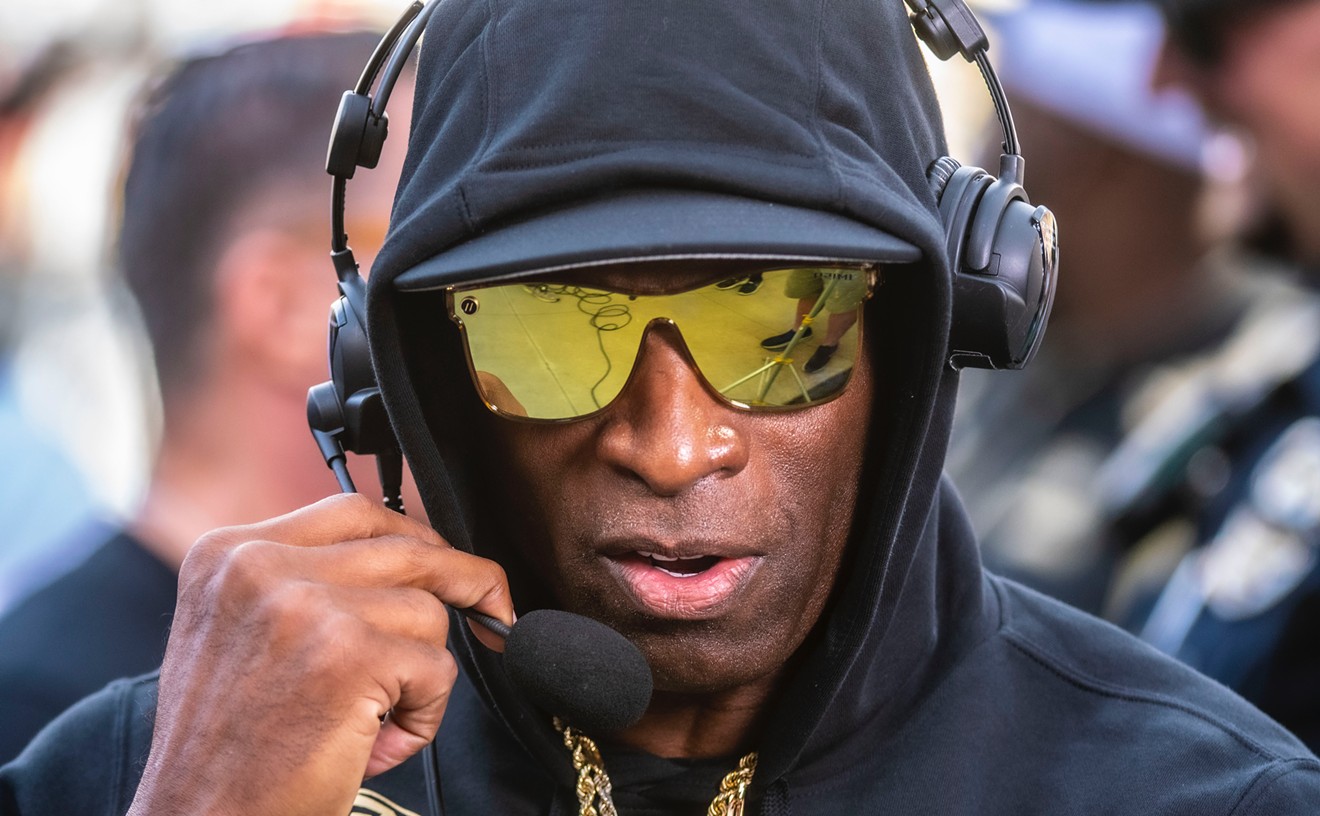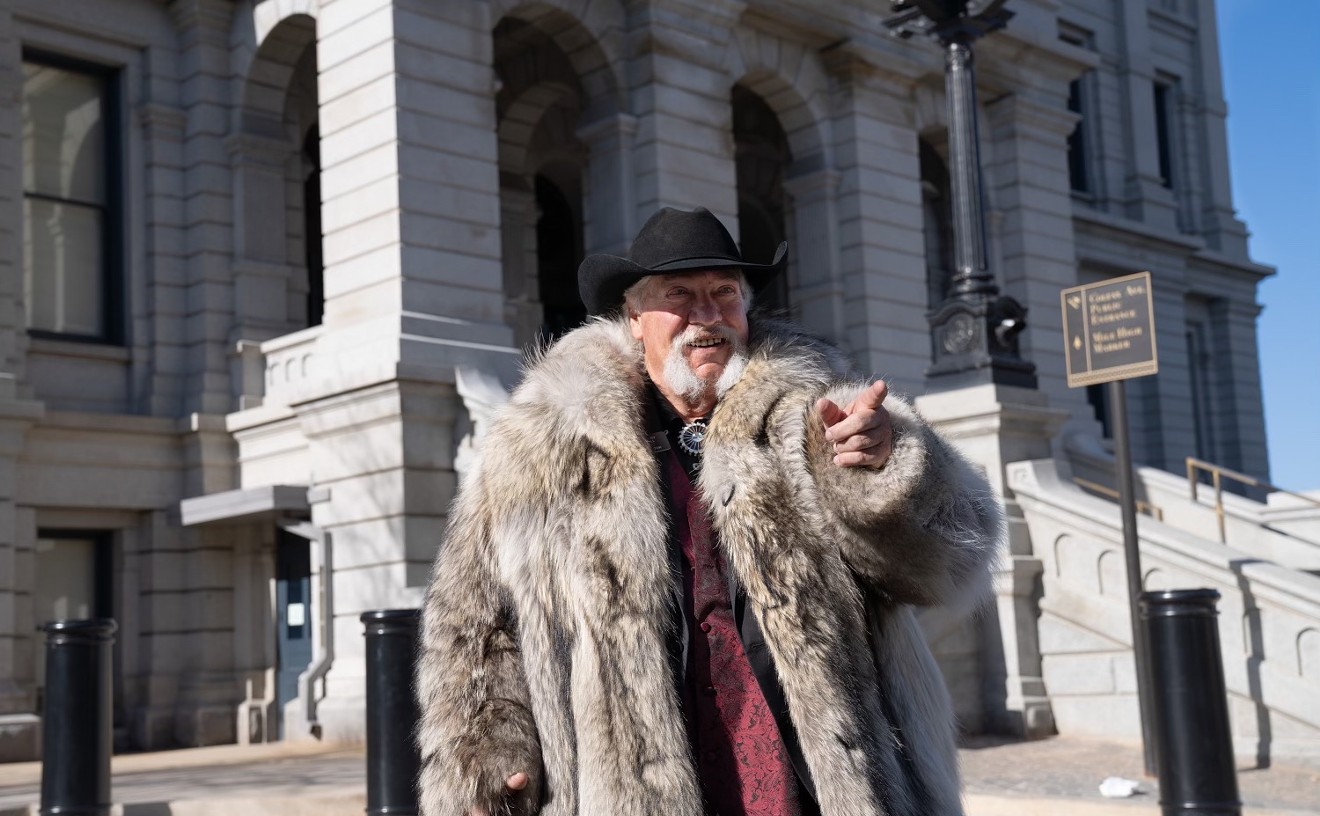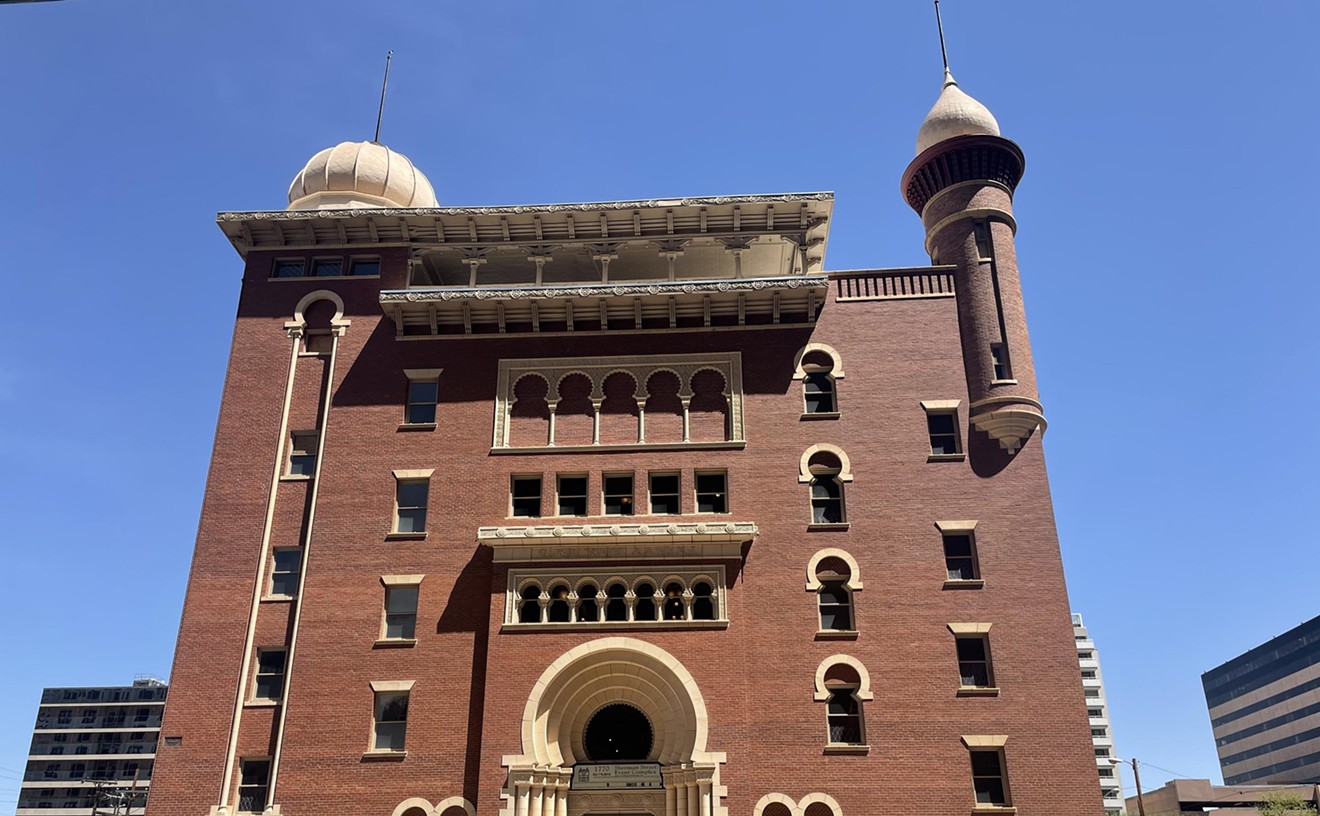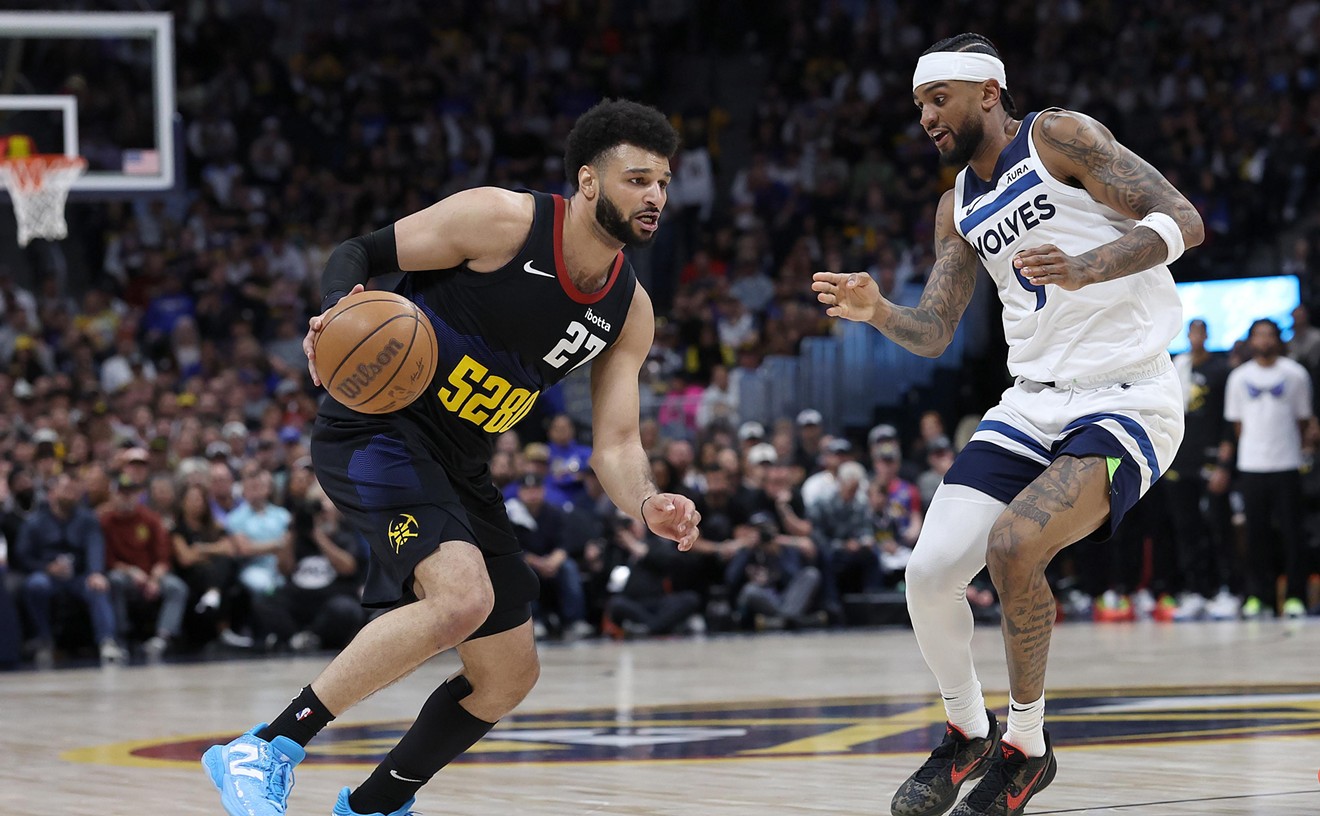My car was parked about 150 feet from where I exited my office. Although I didn't look at him directly, I thought I was keeping a fairly close watch on the man peripherally as I made my way across the lot, so I was startled when, after unlocking the door and pulling it open, I heard him speak from the other side of the vehicle, only a few feet away.
"Can you spare five dollars?" he asked. His voice was even -- not hostile, certainly not threatening. I tried to answer in the same tone.
"Sorry. I'm tapped out."
"This is an awfully nice car for someone who can't spare five bucks." His reply was in the same bored voice; but this time as he spoke, he began to circle around to the front of the car.
Most people who find themselves in a confrontation simply want it to end; this is true even among those who carry guns. After apologizing again, I began to get into the driver's seat. The man was still moving, though. As he reached the front headlight on the passenger side of the car, his hand disappeared to his side. It came up with a snap, a knife blade now showing from his fist.
Trained police officers know that an attacker can cover seven yards before a person can draw and fire his weapon. This even has a name -- the so-called 21-foot rule. Many people -- including many rookie cops -- don't believe it when they first hear it. The movies instruct us that a gun defeats a blade every time. But pulling a gun out of its hiding place quickly and then aiming it with any degree of accuracy is a more precise movement than you would think.
I dropped my hand to feel the rough handle of the grip and pulled the gun upward to my line of sight and then forward. This upside-down 'L' motion, which permitted me to acquire my target early, took about 1.2 seconds. I had practiced in front of a mirror.
Reasonable people will stop, or at least hesitate, at the sight of a gun barrel. But not everyone reacts this way -- particularly those who are familiar with a handgun's flaws. And even though he couldn't help but see my gun, the man continued to come toward me. I leveled the gun at his chest and yelled, "Stop!"
"No," he said, shaking his head. "Nope." By now he had passed along the entire front of the car and was turning down the side near my door, maybe a six-foot distance. I yelled at him to stop again, realizing too late that he'd gotten far closer than I'd intended. I pulled the trigger twice, discharging a pair of shots that I hoped would find his chest.
This incident happened to me -- using live ammunition on video. (Which, as it turns out, was lucky. I missed and presumably was knifed to death soon after.) It was part of a training exercise designed to get a person to place himself inside real-life self-defense situations.
Six months ago, at the invitation of a friend, I signed up for a three-day course at the Smith & Wesson Academy, a school run by the gun manufacturer at its Massachusetts headquarters. The school tries to get people comfortable with their guns. I decided to take the course, Basic Concealed Carry Handgun, because I had been contemplating taking the next step in self-protection, although I was still uneasy.
In my top dresser drawer, next to my bed, I keep a .357 revolver, a gift from my wife. It has a six-inch stainless-steel barrel and a tacky rubber grip. Like most revolvers, it is known for its accuracy and durability. It is there, I guess, for home protection. Yet I keep the bullets in a separate drawer and a trigger guard locked onto the gun. The key is in a third drawer. In a situation in which I might need it, my gun is, for all practical purposes, useless. I know this.
But I also know that, deep down, I am more scared of it than I am of any danger that might come out of the night. It is a contradiction that seems to be at the heart of the discomfort many of us struggle with when it comes to defending ourselves with guns. If the Second Amendment was written for our own protection, why is it so frightening to so many people?
Sorting through the emotional clutter surrounding guns has always been difficult, and in the months following the Columbine massacre, it has become close to impossible. The Colorado Legislature, which had been preparing to act on several bills addressing who could and could not carry concealed handguns, simply gave up trying. A Columbine victim's father joined in launching an anti-gun organization; he has traveled to Washington to testify in favor of new restrictions proposed by President Clinton in response to the shootings. And who will argue with him? The evidence of his personal gun-related tragedy is both unimaginable and unassailable. Yet I'm willing to bet that Columbine wasn't his first brush with firearms.
Don't most boys learn lessons from guns? Mine happened when I was twelve, the age my father set as the time when I was ready to possess my own firearm. My father's own gun lesson, learned when he was ten, was a classic: He pointed a cork gun at a friend's face and put out his eye. My grandfather immediately busted the gun over his butt. Lesson over.
My father came through on my birthday: I unwrapped a new Crossman pellet gun. It was a pump model, which meant that the velocity of the pellet could be controlled by the number of times I stoked the wooden handle that lay just under and flush with the barrel. I quickly resolved to kill something. One day soon after I received the gun, I saw a gray squirrel on a tree branch about twelve feet from the ground, a distance from which even I couldn't miss. I ran inside for the rifle, pumping it as I hurried back outside, got to the bottom of the tree, aimed and fired.
After I pulled the trigger, nothing happened for what seemed like a full minute, though it was certainly much shorter. Then, slowly, the squirrel started tipping off the branch. Its paws scrabbled at the bark for a moment, and it toppled. There was little dramatic about it; the animal just died. I started crying and took the gun upstairs to my parents' bedroom. I placed it on their bed and went to my room and shut the door.
I reclaimed the gun after a few days, of course. But until recently, when I began duck hunting, I never killed anything else. Adjusting a living thing into your sights and pulling the trigger is not a simple matter. Most honest hunters acknowledge this. Even now, when I wait for a duck to pass in front of my blind or a goose to set its wings for landing, I must consciously remind myself that I am there to kill it. Later, there is always some remorse.
And that's for a bird. A friend of mine, a proficient and joyful hunter, recently returned from Africa, where he had helped a colleague collect animal specimens for a Kenyan museum. During the trip, at the request of the curators, he shot and killed a baboon. After he killed it, he felt physically ill; the monkey, he said, seemed far too human. The familiarity had turned the hunt into a murder.
What must it be like to kill a person? Going through the trouble of carrying a concealed weapon -- and it is a lot of trouble -- implies that you are ready to do it. Why pack a gun if you aren't prepared to shoot someone? And why shoot, when you are aiming to save your life, if you are not prepared to kill?
This was confirmed the first day of gun school by our instructor, a former Michigan state trooper named Bill. After a long and inspirational lecture on winning, he noted: "By your attendance here, you are demonstrating that you are willing to take another person's life in defense of your own." That, he concluded, was what he meant by winning.
Our class was eclectic, though heavily represented by law-enforcement types: an ex-cop, an ex-corrections officer from New York, two judges. There was an intense para-military type from Venezuela who'd made the trip specifically for the course, as well as a couple of retirement-aged guys. Out of the sixteen in our class, two were women. During the opening lectures, I took a few moments to speculate as to who was going to be the dangerous homicidal maniac of the group. I settled on the Venezuelan and another quiet man, a young, humorless guy who seemed abnormally familiar with his weapons.
Most people brought their own guns, but I didn't, so I was issued one of S&W's 9mm Sigma series, a holster and two clips. It is a lot of hardware. People who are unacquainted with handguns are often surprised at just how heavy they are. Carrying one for hours at a time, concealed or not, is more than just a matter of moral weightiness. It can cause cramps, Bill said.
The next two days were filled with gunfire -- about 400 rounds each. We learned to draw our guns quickly from their holsters -- two seconds was too long; beyond that you're probably dead -- and how to fire two shots, not just one, for insurance. Bill told us that most armed confrontations take place within several feet, so the majority of our shooting was done at close range, about twelve feet. We practiced drawing and shooting while standing, while pivoting, while sitting, while moving. We shot at multiple targets.
A lot of the time, we missed. Indeed, what surprised me most was how bad I was. And I wasn't alone. Shooting a handgun accurately is difficult, and the hurried motion of a quick draw caused my shots to go askew many times, even at targets only a dozen feet away.
I was also surprised at who genuinely turned out to be dangerous. It wasn't the South American or the Quiet Man, whose handling of their guns was always professional, safe and competent. In fact, after watching them for three days, I'd feel just as safe knowing they were carrying a weapon in public as I would knowing they weren't.
By comparison, the two older guys began to scare me. Several times they handled their guns carelessly; during the move-and-shoot drill, one of them sprayed bullets into the range with no apparent regard for his targets. Before the class, judging these men by their demeanor and appearance, I would have trusted them as the type of people carry-concealed laws were meant to protect. Now I hope they never get licensed.
The final day of the class was the most intense. This was when we lined up with the video simulator, a training tool commonly employed by cops. The movies were shown on a large white target so that live ammo could be used. We stood in front of the target, two at a time, and watched the situations unfold, then reacted by firing or not. On the film, actors re-created events taken from actual police reports; afterward, we compared our reactions to what had happened in real life.
The first scenario involved a person -- us, from the camera's point of view -- coming home and finding the door open. He climbed the stairs and began searching the rooms one by one. The tension mounted. Suddenly, a person jumped out from behind a door: a smiling young girl. My classmates held their fire. The real occupant, however, was not so restrained. We learned that he shot and killed his daughter.
In fact, after two full days of firing into silhouette targets, we as a group turned out to be unexpectedly reluctant to pull the trigger when it came time to point our guns at a person -- even an actor on a screen. After getting reamed by Bill for not firing quickly enough at a burglar, one of the judges, a young man from upstate New York, shrugged. "I guess we're just over-civilized," he said.
In the movie Sea of Love, Al Pacino plays a Brooklyn cop; his love interest is Ellen Barkin. During one scene, he describes to her a phenomenon he calls "cop eyes" -- the notion that police see life differently from the rest of us. I now understand what he meant. Once you become on the lookout for trouble, the world seems to be teeming with it. The knock on the door is a burglar, the guy who slowly coasts by in a car isn't looking for a number on a building; he's a potential drive-by.
Cops, whose job it is to be aware of social dissonance and threats, see it all around them while the rest of us bumble around, largely oblivious. A lot of this, I am convinced, has to do with carrying a gun. A weapon can take hold of you, both physically and mentally. While teaching our class at Smith & Wesson, our instructor revealed that he was beyond carrying a handgun for protection: When he went out into the world, he packed two of them. He brought along extra magazines as well. What if, during a particularly drawn-out confrontation, he needed more bullets?
He's not alone. Ten years ago, my best friend began carrying a concealed handgun. Recently, his family needed to have some jewelry appraised and decided to take it back to the place in New York City where they'd originally purchased it. But when my friend learned that authorities there would not honor his permit, he refused to go.
Which was when it occurred to me that the weight of constantly carrying a weapon can trap you: It is possible to be both armed and running scared. Certainly the evidence that the world is a dangerous place is out there for those intent on seeing it. By keeping a gun always within reach, I hope they find peace of mind.










